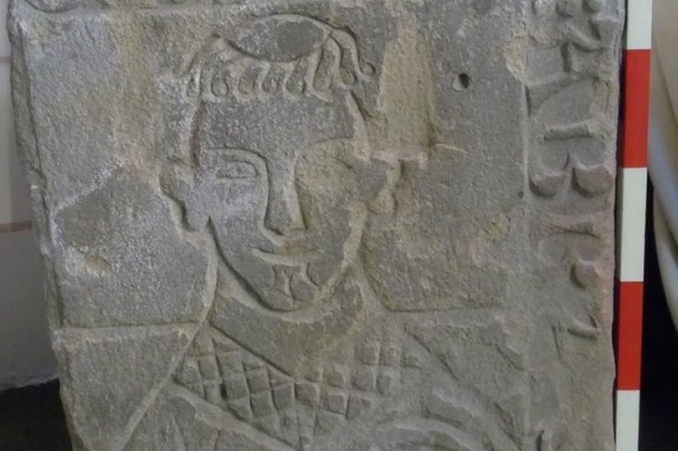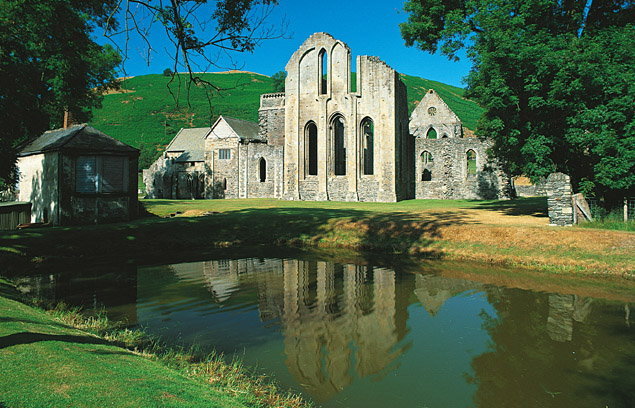Wales: Garden ornament turns out to be 13th century effigy of Llantysilio monk
Around the Celtic world there are many cairns, stone circles, standing stones and carvings in rock from times of prehistory. Ancient stones and tombs placed in a way that look to the stars and capture moments of astronomical importance. Standing stones carved with skill and placed with great effort in special locations that had significant meaning to there creators. It was a tradition of carving in stone that continued through the centuries into the middle ages. Such stones are still there to be discovered and can turn up in unlikely places.
When Meryl and Jerry Butler bought a stone at an auction in Ruabon (Welsh: Rhiwabon) in the 1990s they were taken by the image of a carved smiling face. It spent the next 20 years alongside the fireplace of the couple's home. When they decided to have it examined by Llangollen Museum its true significance was discovered. It turned out to be a unique monument and is believed to be a gravestone for Hywel, who was recorded as Abbot of Valle Crucis in Llantysilio at around 1295. It is now on display at Llangollen Museum on a two year loan.
Valle Crucis Abbey is a Cistercian abbey located in Llantysilio, Denbighshire, Wales (Welsh: Llandysilio-yn-Iâl, Sir Ddinbych, Cymru). Valle Crucis is known in Welsh both as Abaty Glyn Egwestl and Abaty Glyn y Groes. The abbey was built in 1201 by Madog ap Gruffydd Maelor, Prince of Powys Fadog. It was dissolved in 1537 during the Dissolution of the Monasteries, and subsequently fell into serious disrepair. Large parts of the ruined original building still survive and are now under the care of Cadw.


- Mair Williams's blog
- Log in to post comments





